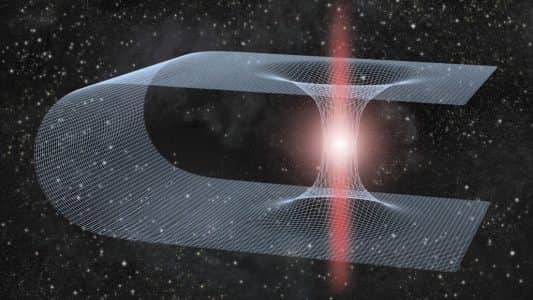Does Pluto Have a Sub-Surface Ocean? Scientists Say Yes - Dispatch Weekly
June 23, 2016 - Reading time: 2 minutes

Scientists are of the opinion that the distant dwarf planet Pluto has a sub-surface ocean made up of liquid water that is having an impact on the dwarfy’s geology.
According to a study published in the Geophysical Research Letters there is a possibility that the tectonic activity on Pluto is not a result of tides or unusual processes that we are not aware of, but are driven by much more simple processes such as phase changes in the ice. Images from New Horizons spacecraft have provided scientists with unprecedented view of Pluto’s surface and analysis of those images coupled with various scientific models have provided us with huge amounts of new information about Pluto.
One of the key findings of the study is that tectonic features on Pluto’s surface are all extensional and this, according to the authors of the paper, indicates that ice II has not formed on Pluto and this further provides proof that Pluto’s subsurface ocean has likely survived to present day. Ice II, which forms at high pressures and low temperatures, is a phase of ice that is 25 percent more dense than the ice we are familiar with on Earth.
Researchers looked at the tectonic features of Pluto in a bid to understand the dwarf planet’s interior and further ran thermal evolution models to understand how Pluto’s interior may have evolved over time. The study led researchers to the conclusion that the recent geological activity on Pluto can be driven just from phase changes in the ice. If Pluto’s most recent tectonic episode is extensional, that means that Pluto may have an ocean at present.
Scientists think that there may have been enough heat-producing radioactive elements within Pluto’s rocky core to melt part of the planet’s ice shell. Over time in the frigid Kuiper belt, that melted portion would eventually start to refreeze. Ice is less dense than water, so when it freezes, it expands. If Pluto had on ocean that was frozen or in the process of freezing, extensional tectonics on the surface would result, and that’s what New Horizons saw.
There aren’t many other ways on Pluto to get such features. One way might have been through a gravitational tug of war with its moon, Charon. But the active gravitational dynamics between the two have long since wound down, and some of the tectonics look fairly fresh (on a geologic timescale). So, many scientists believe that an ocean is the strongest scenario.

DW Staff
David Lintott is the Editor-in-Chief, leading our team of talented freelance journalists. He specializes in covering culture, sport, and society. Originally from the decaying seaside town of Eastbourne, he attributes his insightful world-weariness to his roots in this unique setting.

_1.jpg)


